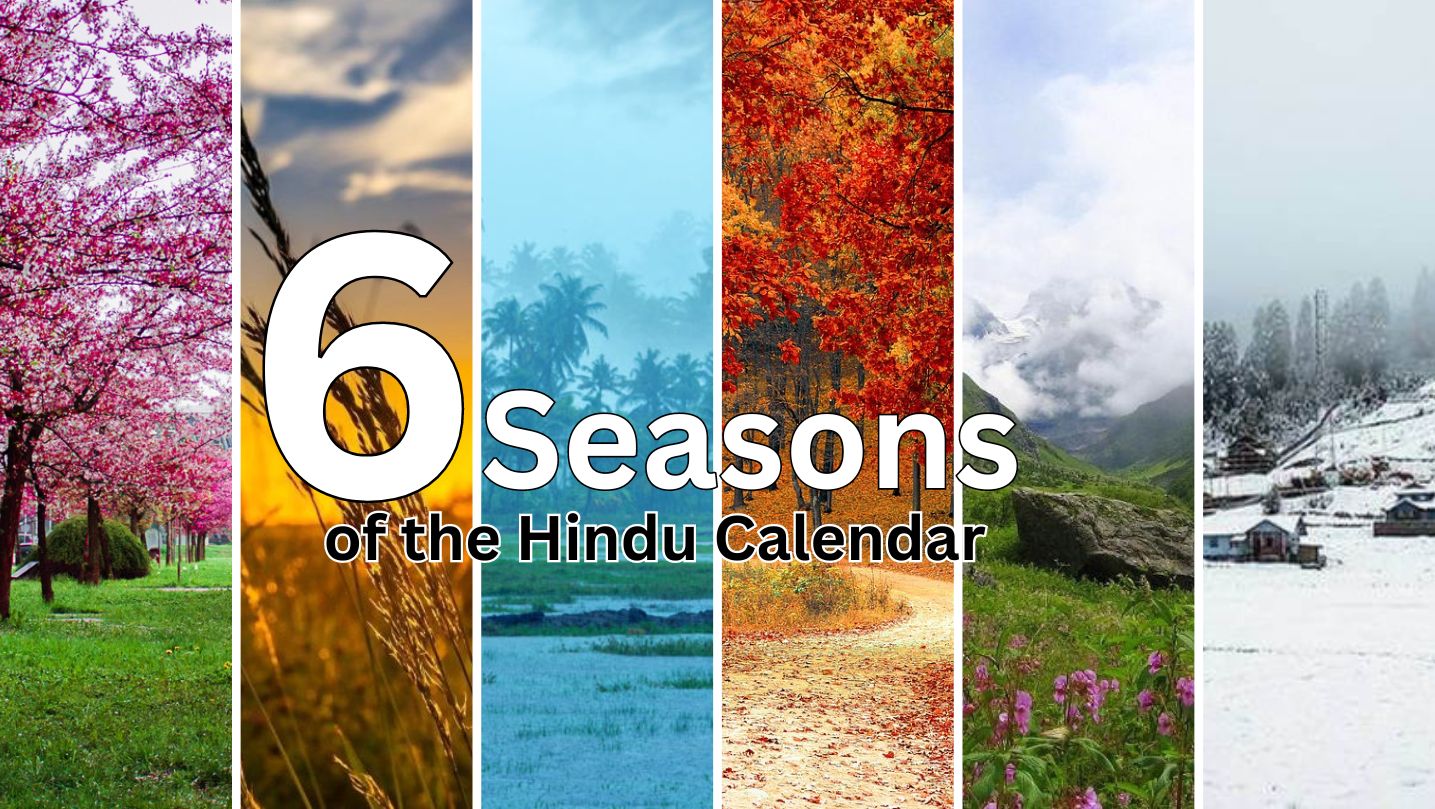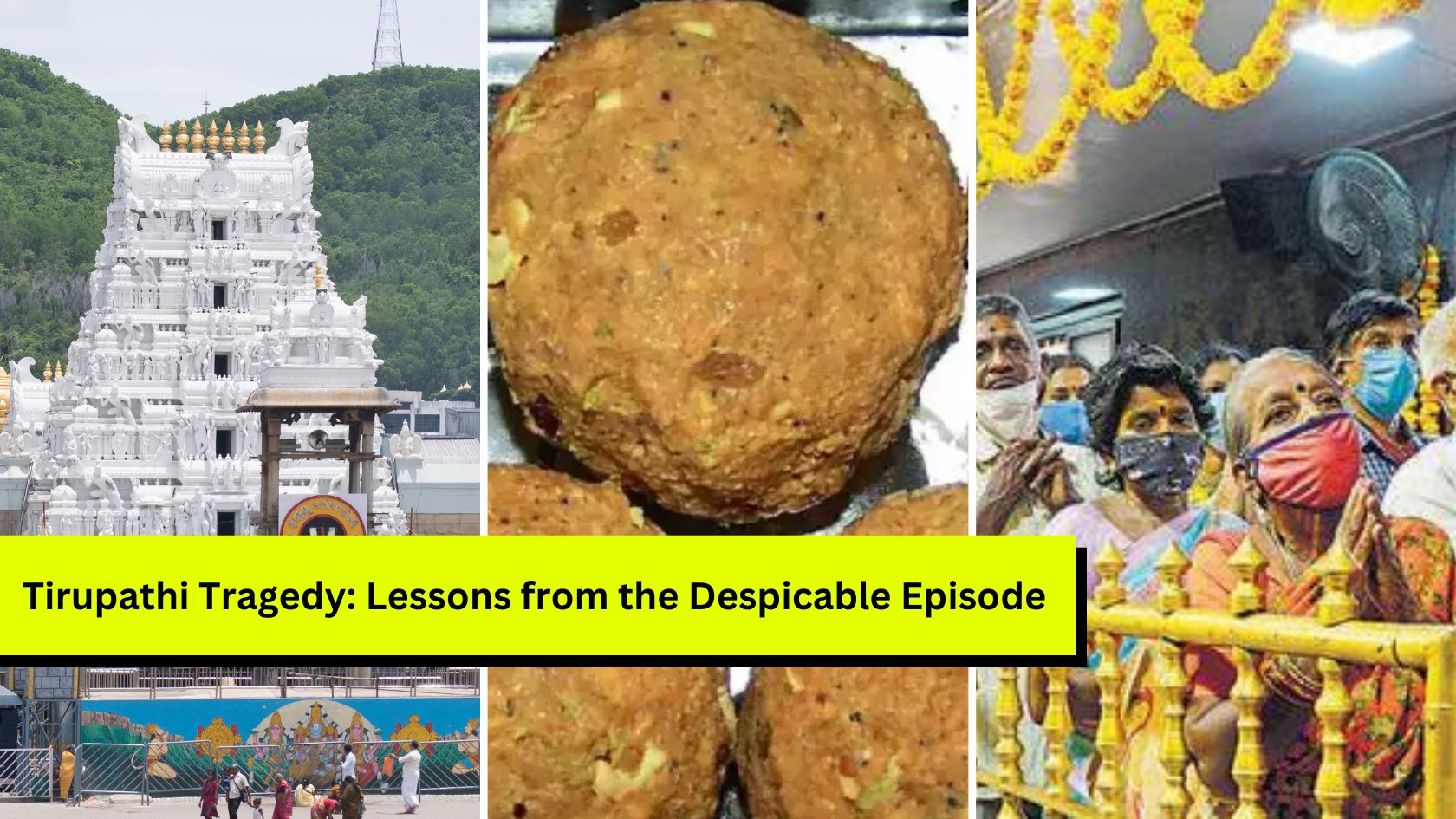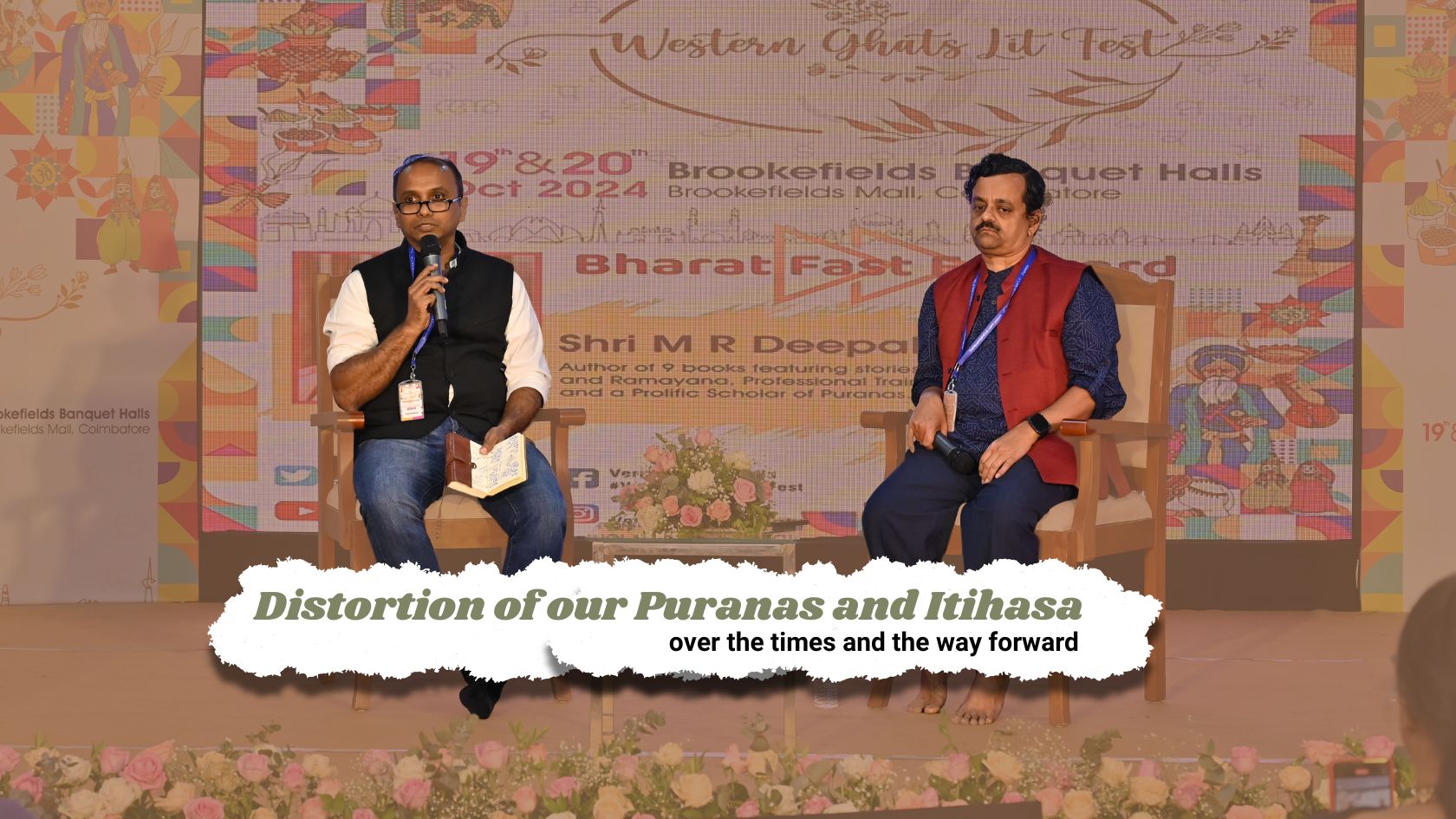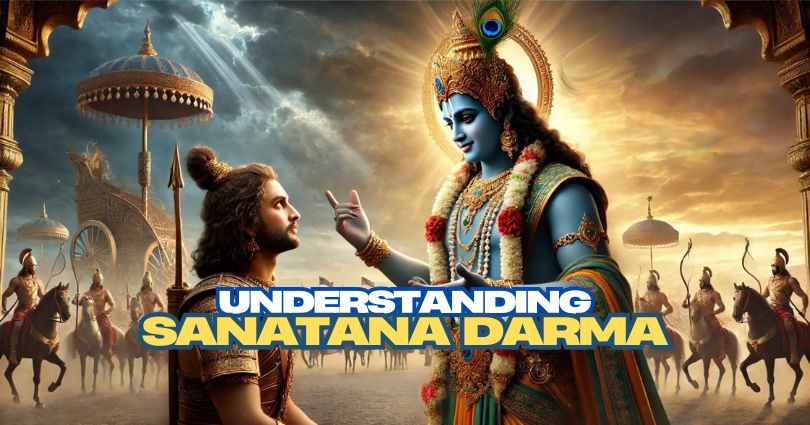
The ancient Hindu calendar divides the year into six distinct seasons. Each season holds its own significance, reflecting the cyclical nature of life, the changing patterns of nature, and the spiritual ethos of Hinduism. These seasons, known as "Ritus," play a crucial role in guiding agricultural practices, cultural celebrations, and spiritual observations. Let's delve into the beauty and symbolism of each of the six seasons in the ancient Hindu calendar.
1. Vasant Ritu (Spring):
Vasant Ritu, or spring, marks the rejuvenation of nature after the harshness of winter. It typically begins in mid-March and lasts until mid-May. During this season, the air is filled with the fragrance of blossoming flowers, and the landscape is painted with vibrant colors. Hindu festivals like Holi, celebrating the victory of good over evil, are synonymous with Vasant Ritu, making it a time of joy, merriment, and new beginnings.
2. Grishma Ritu (Summer):
Following Vasant Ritu, Grishma Ritu, or summer, spans from mid-May to mid-July. This season is characterized by intense heat and a dry climate. As the temperature soars, the focus shifts to coping with the heat, staying hydrated, and seeking shade. Despite the challenges, Grishma Ritu is also a time for outdoor activities and festivals like Rath Yatra, where devotees pull elaborately decorated chariots through the streets.
3. Varsha Ritu (Monsoon):
Varsha Ritu, the monsoon season, extends from mid-July to mid-September. This period is marked by the arrival of much-needed rain, transforming the parched earth into a lush, green landscape. The monsoon is a symbol of abundance and fertility, crucial for agricultural activities. Hindu festivals like Raksha Bandhan and Krishna Janmashtami are celebrated during Varsha Ritu, adding spiritual significance to the season.
4. Sharad Ritu (Autumn):
Sharad Ritu, or autumn, follows the monsoon and lasts from mid-September to mid-November. This season is characterized by milder temperatures, clear skies, and a pleasant breeze. Sharad Ritu is considered an auspicious time for cultural events, music, and dance. Navaratri, a festival dedicated to the divine feminine, is a highlight of this season, celebrated with devotion and vibrant performances.
5. Hemant Ritu (Pre-winter):
Hemant Ritu, the pre-winter season, spans from mid-November to mid-January. During this time, the weather gradually becomes cooler, preparing the land for the winter ahead. Hemant Ritu is a reflective season, encouraging introspection and spiritual pursuits. Festivals like Diwali, the festival of lights, are celebrated during this period, symbolizing the triumph of light over darkness.
6. Shishir Ritu (Winter):
Shishir Ritu, the winter season, lasts from mid-January to mid-March. Characterized by cold temperatures, misty mornings, and dew-covered landscapes, Shishir Ritu is a time to enjoy the warmth of family and community. Makar Sankranti, a festival marking the transition of the sun into the zodiac sign of Capricorn, is a major celebration during this season.
The ancient Hindu calendar, with its six seasons, encapsulates the essence of time, nature, and spirituality. It serves as a guide for agricultural practices, cultural celebrations, and a deeper understanding of the interconnectedness of life. Each season brings its own set of joys, challenges, and lessons, contributing to the holistic worldview embedded in Hindu philosophy. As the wheel of time continues to turn, the six seasons of the ancient Hindu calendar remind us of the cyclical nature of existence and the eternal dance of life.
NEXT ARTICLE

The Venkateshwara Swami Temple in Tirupati is among the holiest places in the world for Hindus. Millions of people throng the temple every year to get...

It is a sad reality that our Itihasa and Puranas have been subject to severe distortion over the years. This is not surprising considering how even th...

The holy land of Bharat follows Sanatana Dharma. The word Sanatana Dharma is a Sanskrit word meaning, “Eternal law”. It is the indestructible ultimate...